Wenchuan earthquake, 2008
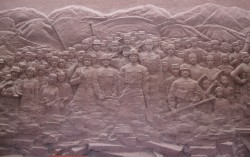
…Youth League (CYL) and so-called GONGOs such as the Chinese Red Cross sent supplies and search-and-rescue teams, and mobilized volunteers and funds through their national networks. A week after the…

…Youth League (CYL) and so-called GONGOs such as the Chinese Red Cross sent supplies and search-and-rescue teams, and mobilized volunteers and funds through their national networks. A week after the…

…quiz competitions”. China Media Project blog. May 12. <http://cmp.hku.hk/2009/05/12/1608/>. [Accessed January 27, 2016.] For example, Beichuan suffered from M 6.2 earthquake in 1958 and in 1976 quakes took place at…
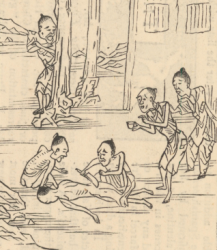
…as possible keys to understanding why China fell behind the West during the nineteenth-century, and why late-Qing efforts to “modernize” come to naught. Historian Xia Mingfang, for example, asserts that…
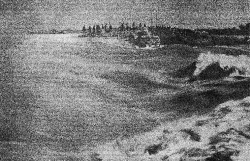
…of their natural and social environments. Those who lived in rural areas foraged for wild wetland food, including aquatic plants, fish, and waterfowl. [40] Refugees who headed to cities earned…

…chapter 6; Andrea Janku, “The North-China Famine of 1876-1879: Performance and Impact of a Non-Event,” 2001 online publication. [19] Henrietta Harrison,“Newspapers and Nationalism in Rural China, 1890-1929,” Past and Present…

…Asian and Arabian Monsoons that provide rainfall for North China and North Africa. (Davis, Late Victorian Holocausts). [10] Jeffrey Snyder-Reinke, Dry Spells: State Rainmaking and Local Governance in Late Imperial…
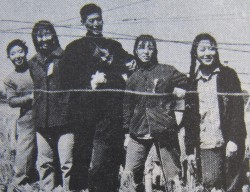
…their residents’ grain rations and by mobilizing grain-saving campaigns, whereby residents and work units were encouraged and even forced though propaganda, peer-pressure and home searches and confiscations to hand in…
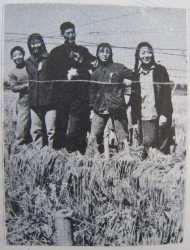
…Chinese Communist Leadership. Berkeley: Center for Chinese Studies, China Research Monographs, University of California Bramall, Chris (2011). Agency and Famine in China’s Sichuan Province, 1958‒1962. The China Quarterly 208, 990‒1008…